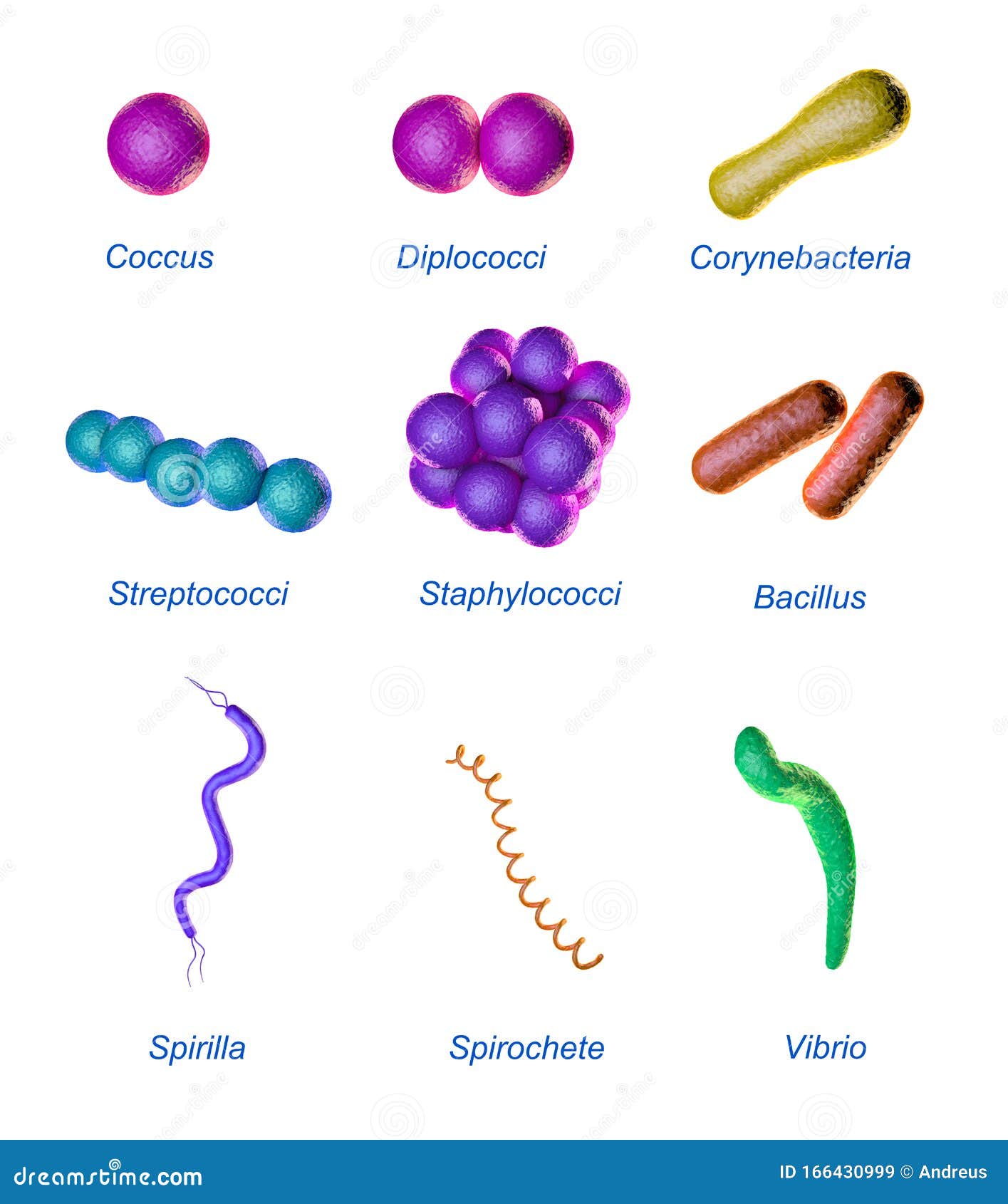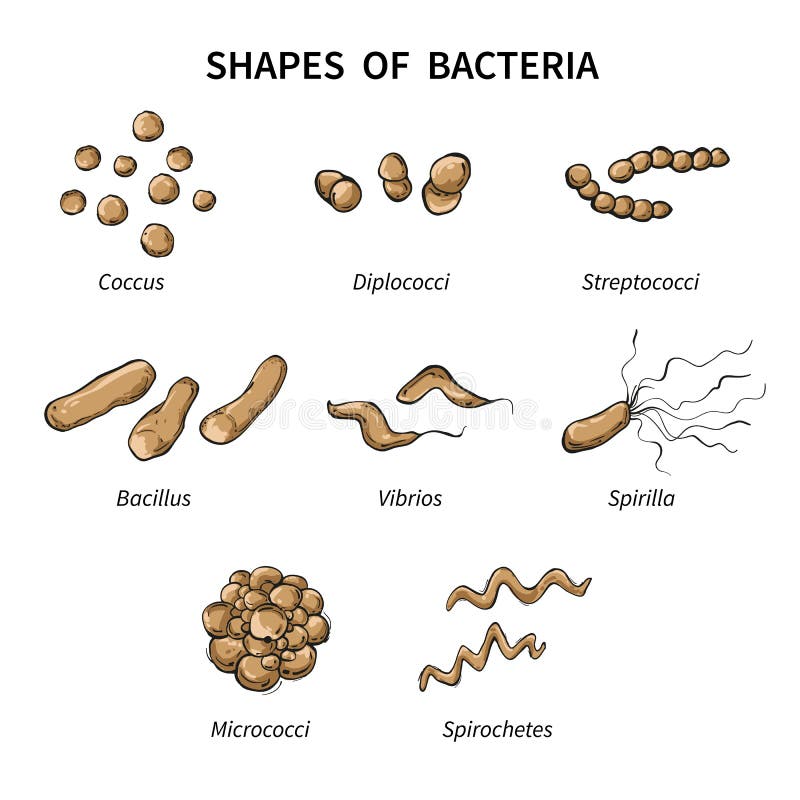


There are similarities between plant and animal cells and a bacterium. reproduction - making more living things of the same type.sensitivity - detecting changes in the surroundings.movement - all living things move, even plants.A bacterium a circular chromosome is copied during. Bacteria that live in the roots of legumes.

A single bacterium consists of just one cell, and is called a single-celled, or unicellular organism.Įven though it is just a single cell, it can carry out all seven life processes: Bacteria attacked by a virus, virus that infects only bacteria. Bacteria are among the smallest living things. read more, and tularemia Tularemia Tularemia is infection that is caused by the gram-negative bacteria Francisella tularensis, which is acquired when people have direct contact with infected wild animals, usually rabbits. The bacteria are spread mainly by the rat flea. read more, plague Plague and Other Yersinia Infections Plague is a severe infection caused by the gram-negative bacteria Yersinia pestis and often involving the lymph nodes and/or lungs. Botulism toxins, usually consumed in food, can weaken or paralyze. read more, botulism Botulism Botulism is a rare, life-threatening poisoning caused by toxins produced by the anaerobic bacteria Clostridium botulinum. Anthrax may affect the skin, the lungs, or, rarely, the digestive. These bacteria include those that cause anthrax Anthrax Anthrax is a potentially fatal infection with Bacillus anthracis, a gram-positive, rod-shaped bacteria (see figure ). Such use is contrary to international law and has rarely taken place during formal warfare in modern history, despite the. Many resident flora are actually helpful to people-for example, by helping them digest food or by preventing the growth of other, more dangerous bacteria.Ĭertain bacteria have the potential to be used as biological weapons Biological Weapons Biological warfare is the use of microbiological agents as weapons. There are at least as many bacteria in our resident flora as there are cells in the body. Such bacteria are called resident flora Resident Flora Healthy people live in harmony with most of the microorganisms that establish themselves on or in (colonize) nonsterile parts of the body, such as the skin, nose, mouth, throat, large intestine.

#3 bacteria shapes skin#
Many bacteria live on and in the bodies of people and animals-on the skin and in the airways, mouth, and digestive, reproductive, and urinary tracts-without causing any harm. Some bacteria have been reported even to live in radioactive waste. They live in soil, seawater, and deep within the earth’s crust. There are thousands of different kinds of bacteria, and they live in every conceivable environment all over the world. They are among the earliest known life forms on earth. Bacteria are microscopic, single-celled organisms.


 0 kommentar(er)
0 kommentar(er)
